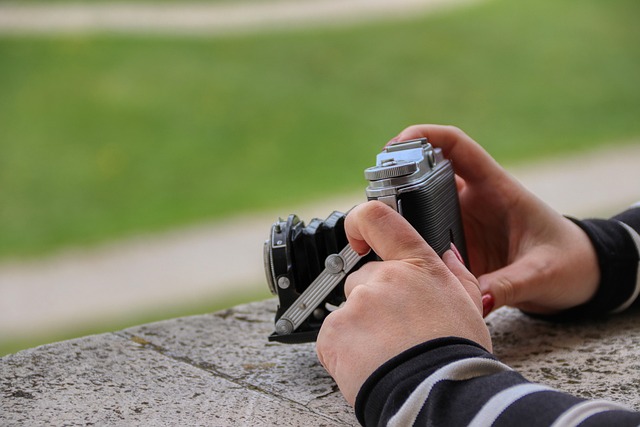Polaroid photography is more than just a way to capture moments; it’s an art form that blends nostalgia with creativity. The instant gratification of producing a tangible photo right after clicking the shutter brings a unique thrill. When it comes to composition in Polaroid photography, understanding the role of optics is crucial in enhancing your visual storytelling.
Just as a painter merges colors on a canvas, a photographer combines elements within the frame. Polaroid cameras typically have fixed lenses that dictate how the light enters and bends, influencing the final image. This limitation might seem restrictive at first; however, it invites you to think more critically about each shot. Embrace the simplicity of your camera’s optical system. Focus not just on the subjects but also on how they interact within the Polaroid’s square format.
When composing an image, consider the rule of thirds. This principle can guide you in placing focal points in a way that draws the viewer’s eye across the photograph. Whether it’s a sunset casting shadows over a bustling street or a candid moment at a family gathering, let the scene unfold naturally. The fixed lens might constrain your ability to zoom in or out, but it encourages you to physically move around your subjects, allowing for unique perspectives that a digital camera’s versatility might overlook.
Light plays a pivotal role in photography, significantly in Polaroid images. Understanding how optics interact with light can bring your compositions to life. Experiment with different lighting conditions; the golden hour offers a warm, captivating glow, while harsh midday sun can create striking contrasts. Each Polaroid shot tells a story, and the way light dances through your camera’s lens can enhance that narrative.
Don’t shy away from imperfections. The beauty of Polaroid photography lies in its unpredictability. Optical quirks such as lens flare or soft focus can add character to your work. Embrace these nuances—they can transform a mundane scene into an extraordinary visual tale. Consider layering elements within your composition to create depth. Using foreground objects, such as leaves or fences, can draw viewers into the depth of field, eliciting a sense of immersion.
Incorporating props or personal elements can also enrich your composition. Think about including items that hold meaning, whether it’s a cherished book or a beloved pet. These details personalize your photographs, making each Polaroid a unique artifact of your life. Through careful consideration of your shot, you can create evocative images that resonate with emotion and storytelling.
As you delve into the world of Polaroid photography, remember that each click of the shutter is an opportunity for expression. Let your instincts guide you, allowing your passion for photography and compositional techniques to lead the way. The magic of Polaroid lies in its ability to freeze fleeting moments in time, creating a physical representation of your memories. By honing your skills in optics and composition, you’ll elevate your photography to new heights, crafting images that not only capture reality but evoke a sense of wonder and nostalgia.



